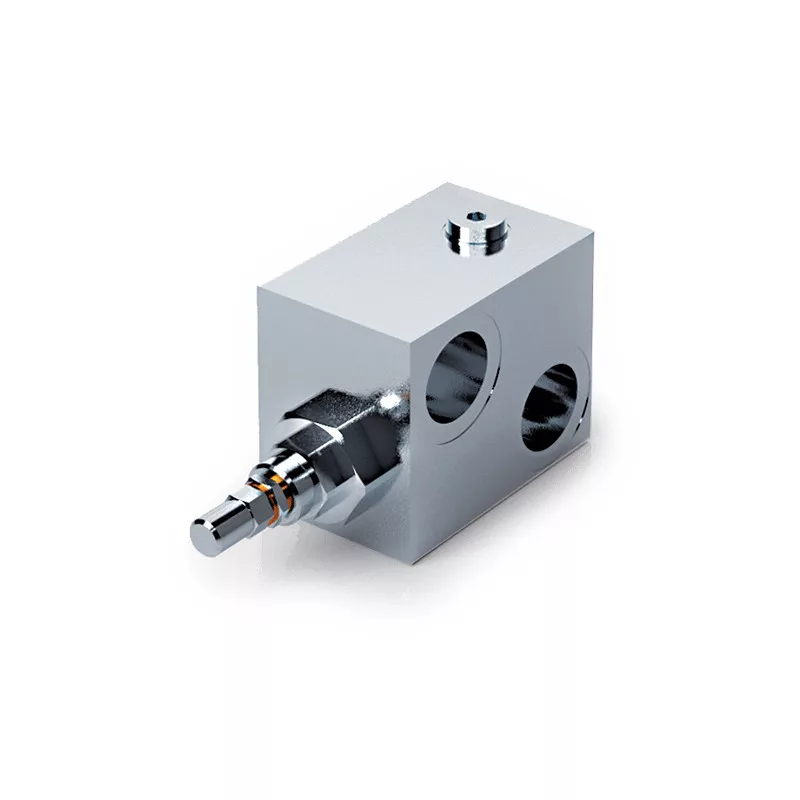
The Role of Pressure Regulators in Hydraulic Systems
The Role of Pressure Regulators in Hydraulic Systems
Controlling pressure during the operation of hydraulic systems is a key factor that directly affects the performance, lifespan, and safety of the equipment. A pressure regulator is a device that ensures the fluid pressure within the system remains within the prescribed range, regardless of changes in load or flow conditions.
At MPH, we offer a wide and high-quality selection of pressure regulating valves. These small but essential components play a vital role in the safe operation of hydraulic equipment, as their automatic function prevents the system pressure from exceeding critical levels.
Operating Principle and Types of Pressure Regulators
The fundamental task of a pressure regulator is to limit the inlet pressure to a preset value and keep it stable even under changing system conditions. During operation, it senses the outlet pressure and, if it deviates from the desired value, automatically adjusts the valve position to restore balance.
Regulation can occur directly or indirectly. In direct regulation, the valve reacts mechanically to pressure changes, while in indirect regulation, a pilot valve controls the main regulating component. Direct-acting pressure regulators are simpler and have faster response times, whereas pilot-controlled versions are used in larger systems where finer control is required.
In advanced systems, proportional pressure regulators are often used, allowing gradual and precise pressure adjustment, offering greater flexibility during control. The OM VMPP 1” pressure relief valve is a particularly popular component in pressure regulation systems due to its robust, galvanized steel construction. It is adjustable and can be used from 50 up to 400 bar, providing precise control.
The Role of Pressure Regulation in the Operation of Hydraulic Systems
In hydraulic systems, overpressure can pose a serious risk as it may damage hoses, connectors, valves, and other components. One of the most important functions of the pressure regulator is to prevent such damage by maintaining system pressure at a safe level.
When the pressure in the system reaches or exceeds the preset maximum, the regulator valve automatically opens and diverts the excess fluid back to the tank. This rapid response prevents system overload, ensuring long-term, efficient, and reliable operation of the equipment.
Energy Optimization Through Pressure Regulation
Pressure regulators not only serve safety purposes but also play a significant role in improving energy efficiency. A properly adjusted regulator allows the system to use only the energy necessary to perform the task, avoiding unnecessary consumption. This is especially advantageous in applications where load frequently changes or where different work processes require different pressure levels.
Therefore, pressure regulation plays an important role whether in terms of operational safety, efficiency, or optimizing energy consumption.
If you have further questions regarding hydraulic systems or pressure regulation, please feel free to contact us through any of our available channels.

